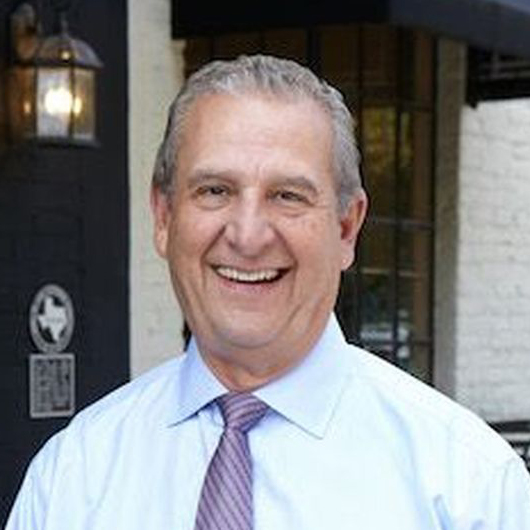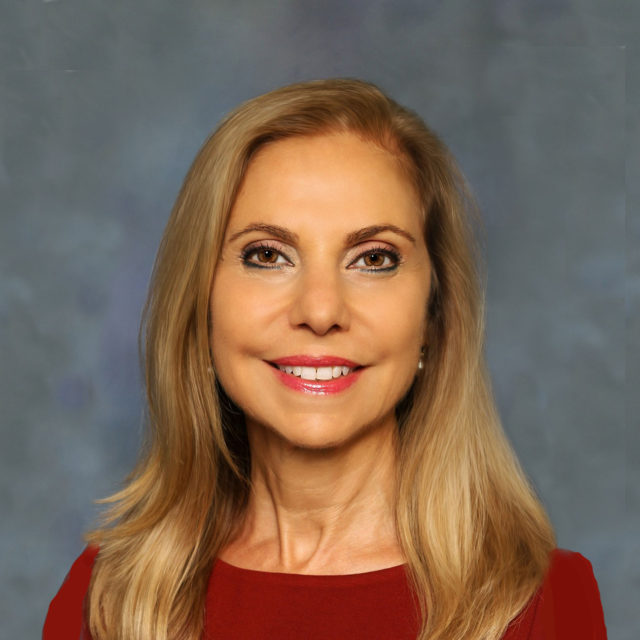PART 1 OF A 10-PART SERIES
Motivating Unaware Patients With Dry Eye Symptoms
In this, Part 1 of our series, Real-World Answers From Experts in Dry Eye Disease, we discuss motivating unaware patients who are presenting with dry eye symptoms. Dr. Jerry Robben asks the experts in Dry Eye Disease how to talk to these patients, educate them, and motivate them to be a partner in care.
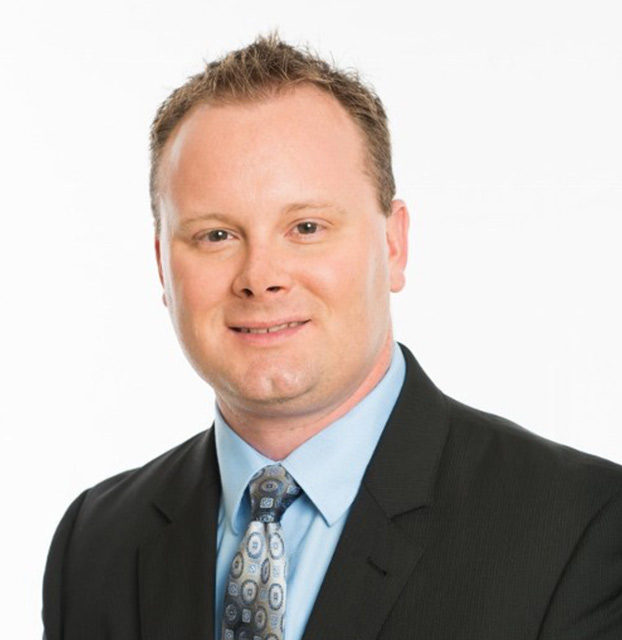
Jerry Robben, OD
Jerry Robben, OD
Bowden Eye & Associates
Jacksonville, Florida
Dr. Robben is the Chief Optometric Physician at Bowden Eye & Associates. He is also an Adjunct Assistant Professor at Arizona College of Optometry. He is a Founding Partner of Dry Eye University and a Founding Member and contributor of Dry Eye Access. He attended graduate school at Nova Southeastern University in Fort Lauderdale, Florida, where he received a second bachelor’s degree in Vision Science and his Doctorate in Optometry. During his externships, Dr. Robben had extensive training in binocular vision disorders and vision therapy. He also focused on pediatric care, contact lenses, low vision, and ocular disease. With a background in clinical education, Dr. Robben started a student doctor externship program, and is also an Adjunct Clinical Assistant Professor for the Arizona College of Optometry where he supervises the 4th Year Optometry Resident Doctors who are completing their externships for graduation. Dr. Robben is a leader in the treatment and management of Dry Eye Disease and has been recognized as a national speaker and educator on the subject. He frequently speaks in educational settings for optometrists, technicians and ophthalmologists across the country.
There are many types of Dry Eye Disease patients and each is challenging in his or her own way. For me, I am particularly challenged by motivating patients with dry eye symptoms who are certain their struggles are everything but Dry Eye Disease. They just don’t believe their issues are caused by dry eye. We will cover these types of patients in a future part of this series.
In Part 1, we are focused on the frequently seen patient who presents with Dry Eye Disease symptoms, but has not made the connection that their symptoms are caused by dry eye. To help motivate unaware patients with dry eye symptoms, I like to use a dental analogy. I compare their dry eye symptoms to a toothache, indicating that it is a problem that needs more than just regular brushing and flossing. And it needs more than just artificial tears. Then I draw more parallels between Dry Eye Disease and the dental world and take familiar proactive treatment plans for dental problems and show how my treatment plans for dry eye have a similar approach.
How are you motivating unaware
patients with dry eye symptoms?
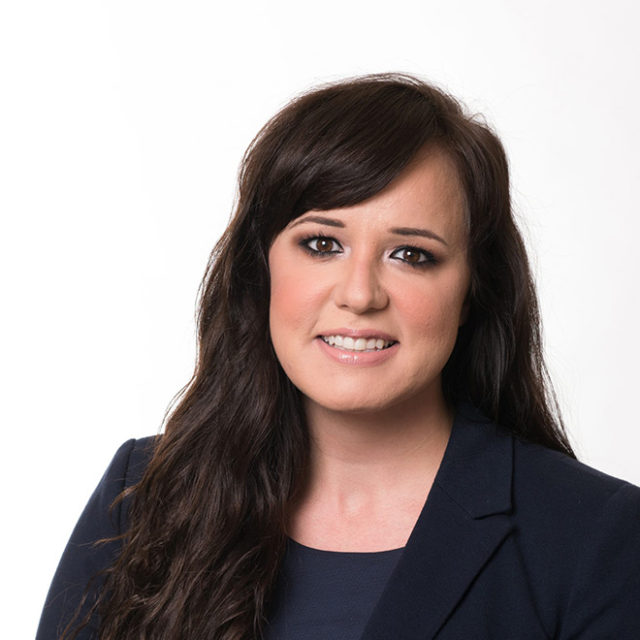
Sarah Darbandi, MD
Sarah Darbandi, MD
Bowden Eye & Associates
Jacksonville, FL
Dr. Sarah Darbandi is a fellowship trained cornea specialist. She is the Vice-President, Owner and Director of Aesthetic services for Bowden Eye & Associates. She is also a Founding Partner of Dry Eye University and a Founding Member, Advisory Board and Contributor of Dry Eye Access.
She attended Medical School at West Virginia University, then went on to residency in Ophthalmology at the West Virginia University Eye Institute. With her interest in corneal transplantation and refractive surgery, she then completed a fellowship in Albany, New York, in Cornea and Refractive Surgery. In 2015, she became partner and Vice President of Bowden Eye & Associates. Dr. Darbandi provides general ophthalmic care, custom cataract surgery, corneal transplantation, ocular surface reconstruction, and refractive surgery.
I generally start motivating unaware patients by talking to them about how oil glands normally contribute to the tear film and how the tear film helps dictate vision quality. I often show pictures to demonstrate the abnormalities that are present. We discuss how tears work and emphasize how treatment goals involve preventing their dry eye symptoms from worsening as well.
In my office, we use the SPEED questionnaire for motivating unaware patients to start thinking about their dry eye symptoms and allow discussion to happen organically. Once the idea of Dry Eye Disease is brought to the forefront, we start the conversation. At this point, the patient is more open to receiving prescribed treatments.
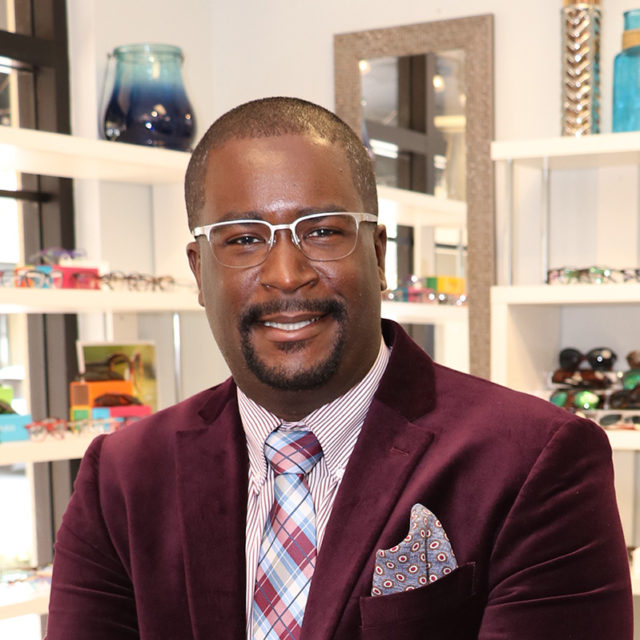
Adam Ramsey, OD
Adam Ramsey, OD
Iconic Eye Care
Palm Beach Gardens, Florida
Adam Ramsey, OD serves as the Medical Director of Iconic Eye Care in Palm Beach Gardens FL. Dr. Ramsey’s practice encompasses ocular surface disease, glaucoma, surgical co-management, macular degeneration care and diabetic eye exams. Dr. Ramsey is the current President of the Palm Beach County Optometric Association and is also the Vice-President of T. Leroy Jefferson Medical Society an affiliate of National Medical Association. He also serves as the Chief Optometric officer for Seminole Health Indian Reservation for the state of Florida servicing 3 locations.
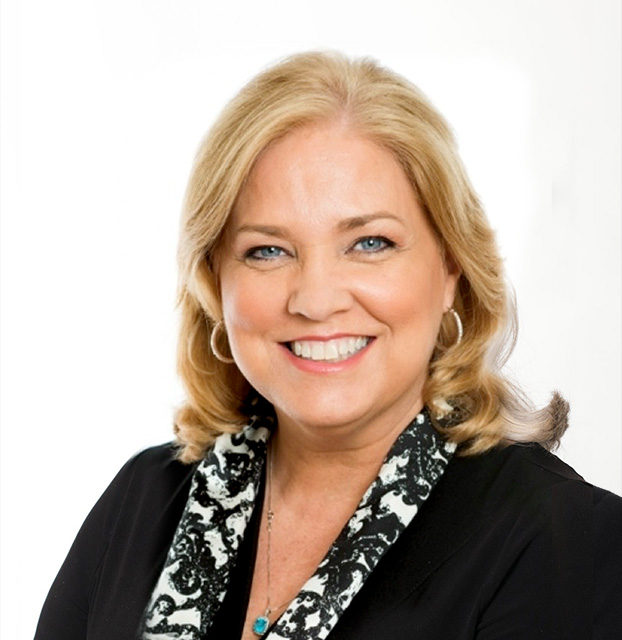
Patti Barkey, COE
Patti Barkey, COE
CEO
Bowden Eye & Associates
Jacksonville, Florida
Patti Barkey created Dry Eye University and is a member of the ASOA Board of Directors which works with ASCRS to bring an annual program for education. Ms. Barkey is CEO of Bowden Eye & Associates and the Eye Surgery Center of North Florida, an ambulatory surgery center which specializes in dry eye. She is also a founding member of Dry Eye Access, and Director of Dry Eye University and Dry Eye Partners, the consulting side of Dry Eye University.
At Bowden Eye, we also have our technicians utilize the SPEED form. By asking specific questions, we are motivating unaware patients by initiating discussions around treatments, products, and other options by the responses given. Another critical point of introduction is during surgical consultations. Make sure you are letting patients know PRIOR to their appointment that the ocular surface will be evaluated. Otherwise, these patients get into what could be thought of as a bait-and-switch mindset.
I find the results generated by osmolarity, MMP-9, lipid layer, and, meibography to be powerful tangibles for motivating unaware patients to recognize the causes of and strategies of Dry Eye Disease. The awesome Vicious Circles diagram is powerful for rapidly demonstrating the multifactorial and interrelated nature of Dry Eye Disease and meibomian gland dysfunction.
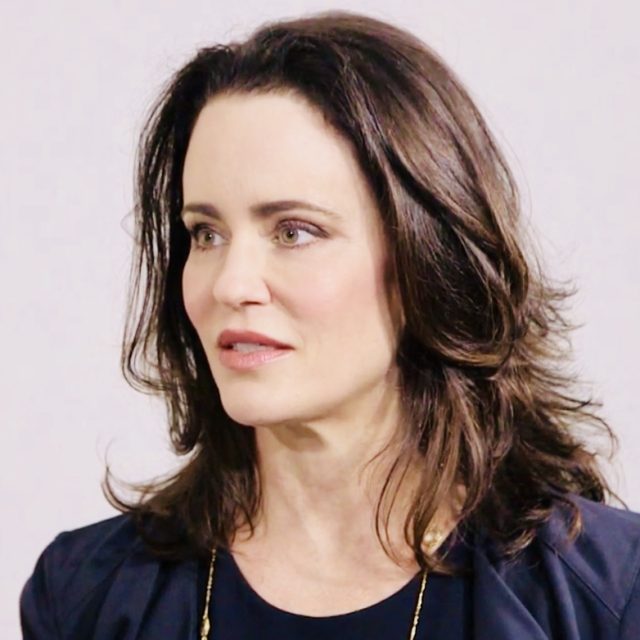
Laura M. Periman, MD
Laura M. Periman, MD
Evergreen Eye Center
Seattle, Washington
Laura Periman, MD is a board-certified ophthalmologist, fellowship-trained cornea and refractive surgeon and Ocular Surface Disease Expert. She knew she wanted to be a doctor since the age of 12 and always seen eyes as the key defining feature of every person. Her interests in molecular biology began with winning the Terry Spies Memorial Scholarship at the Oregon Regional Primate Research Center as an undergraduate at Willamette University in Salem, OR.
Her interests in immunopathophysiology took root during her work in Research and Development at Immunex Corporation in the Molecular Biology Department prior to attending medical school at the University of Washington in Seattle, WA. During medical school, she received the Rex and Arlene Garrison Oncology Fellowship, the Western Medical Student Research Committee Award for Excellence and was elected to the honor society, Alpha Omega Alpha. Upon graduation with honors, she also received the Georgianna Kirby Award for outstanding patient dedication and compassion.
Dr. Periman completed her Ophthalmology Residency as well as Cornea/Refractive Fellowship at the University of Washington in Seattle. She is an international lecturer on Ocular Surface Disease. She has nine peer reviewed publications, two chapters, a review article and independent study in press, and has written extensively on the topic of Ocular Surface Disease. Her unique and passionate perspective on OSD stems from her work in immunopathophysiology. She is an innovator and enthusiastic speaker who loves bridging the gap between basic science, clinical practice and patient compassion.
As Director of Dry Eye Services and Clinical Research at Evergreen Eye Center Seattle, WA she combines her clinical care passion, scientific drive and innovative creativity to provide first class Ocular Surface Disease management.
For more information on Dr. Periman, please visit her website www.dryeyemaster.com.
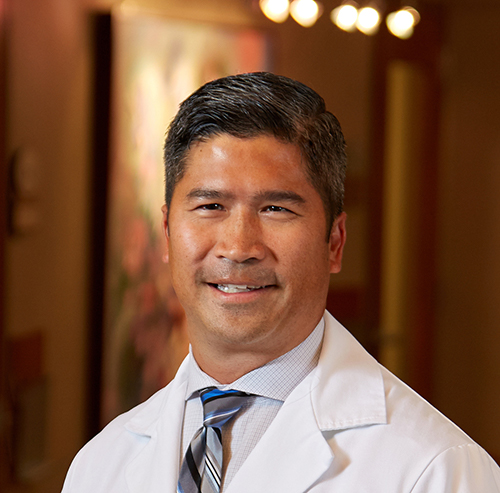
Walter Whitley, OD, MBA, FAAO
Walter Whitley, OD, MBA, FAAO
Virginia Eye Consultants
Norfolk, Virginia
Walter Whitley, OD, MBA, FAAO serves as the Director of Optometric Services and Residency Program Supervisor at Virginia Eye Consultants in Norfolk, Virginia where his practice encompasses ocular surface disease, glaucoma, surgical co-management, clinical research and the supervision of an extensive referral network. Dr. Whitley is a nationally recognized author and lecturer on topics ranging from ocular disease, surgical co-management, pharmaceuticals and practice management topics. He serves as Co-Chief Medical Editor for CollaborativeEYE and contributing editor for the Review of Optometry.
I am all about education for motivating unaware patients with dry eye symptoms. I use questions to get them thinking about the dry eye symptoms that may be affecting them. As you know, blurred vision is often their number-one complaint along with fluctuations or changes in their vision that they never knew were associated with ocular surface disease. Other times, using photos of their conditions or showing results of meibography help communicate our concern. Often we also include discussions around possible factors influencing their condition, including digital devices, systemic disease (diabetes, autoimmune), or ocular (glaucoma) or surgical considerations that either caused or are impacted by Dry Eye Disease.
For unaware dry eye patients who have symptoms or clinical findings, we take them over to the dry eye anatomy chart, which we have in each exam lane, and discuss the particular components of their dry eye disease.
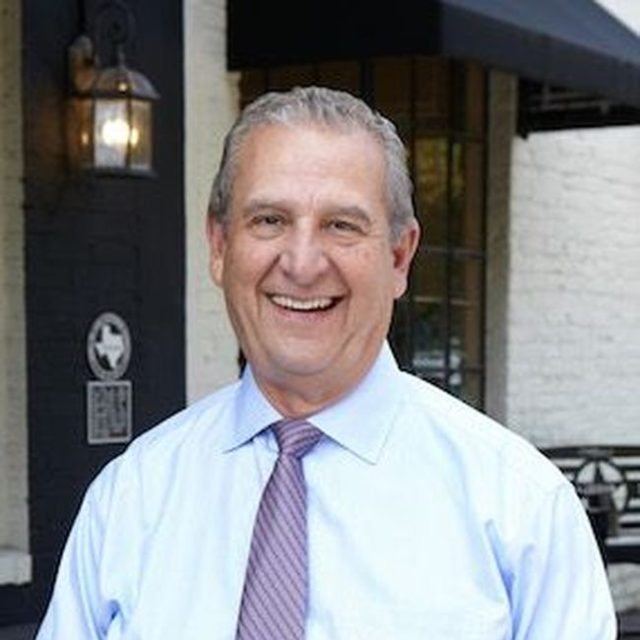
Art Medina, OD
Art Medina, OD
Medina Eye Care
San Antonio, Texas
Dr. Arthur A. Medina Jr. was born and raised in San Antonio, Texas and attended Central Catholic High School. He received his doctorate of optometry in 1972. The University of Houston, College of Optometry, appointed him to the faculty.
Medina continued his postdoctoral training with Dr. Louis Girard, M.D, who chaired the department of ophthalmology at Baylor College of Medicine. That experience enhanced the philosophy that still serves as the foundation for his practice.
Dr. Medina opened his private practice in 1983, after a decade as an associate of two prestigious ophthalmological practices. His experience with pre and post-operative care of cataract and refractive surgery patients led to working relationships with leading ophthalmic surgeons throughout Texas and the western United States. His incredible passion for the profession and quality patient care led to unique relationships with renowned, like-minded national and international physicians.
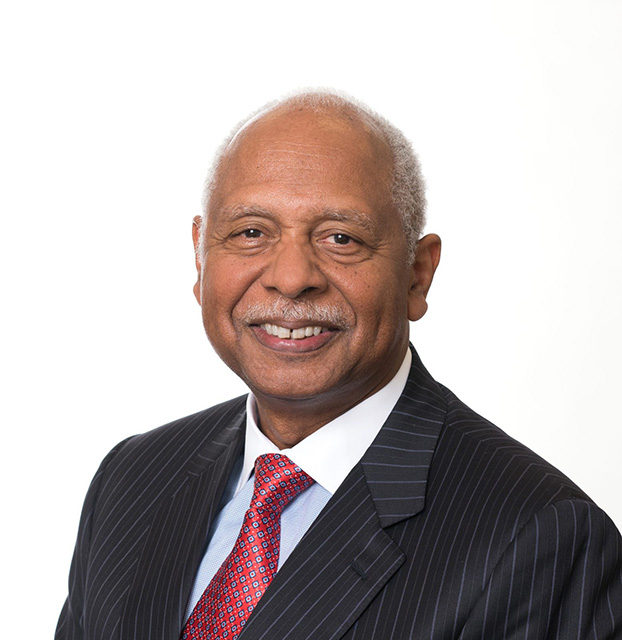
Frank W. Bowden, III, MD, FACS
Frank W. Bowden, III, MD, FACS
Bowden Eye & Associates
Jacksonville, FL
Dr. Frank W. Bowden, III, had his fellowship as a cornea specialist at Wills Eye. He is President, Medical Director and Founder of Bowden Eye & Associates, President and Medical Director of Eye Surgery Center of North Florida, LLC. He is also a Founding Partner of Dry Eye University and a Founding Member, Advisory Board and Contributor of Dry Eye Access. Previously, he was an Assistant Clinical Professor at University of Florida, Jacksonville.
Dr. Frank W. Bowden, III, founded Bowden Eye & Associates in 2001, focusing the practice on comprehensive eye care; custom cataract surgery; refractive and LASIK surgery; glaucoma surgery and laser therapy; treatment of Dry Eye Disease and other ocular surface disorders; corneal transplantation; and corneal and external diseases. As a fellowship-trained cornea specialist, he is uniquely qualified to treat Dry Eye Disease; corneal abrasions, inflammations, ulcers, scarring, injuries and infections; keratoconus; as well as pediatric corneal diseases. He also specializes in corneal transplantation using advanced techniques such as PKP, DSAEK, and DALK.
We acknowledge the unaware patient’s dry eye symptoms with an explanation correlating the symptoms to signs of dry eye. We ask about other dry eye disease indicators, which may not be mentioned in conversation but are indeed present. At this point, we establish that symptoms are consistent with Dry Eye Disease and send them to the counselor for further education.
I keep it simple. I find this is best for motivating unaware patients with dry eye symptoms. Sharing objective diagnostic testing data (tear osmolarity, MMP-9, and meibography images) are my best tools for education and motivation.
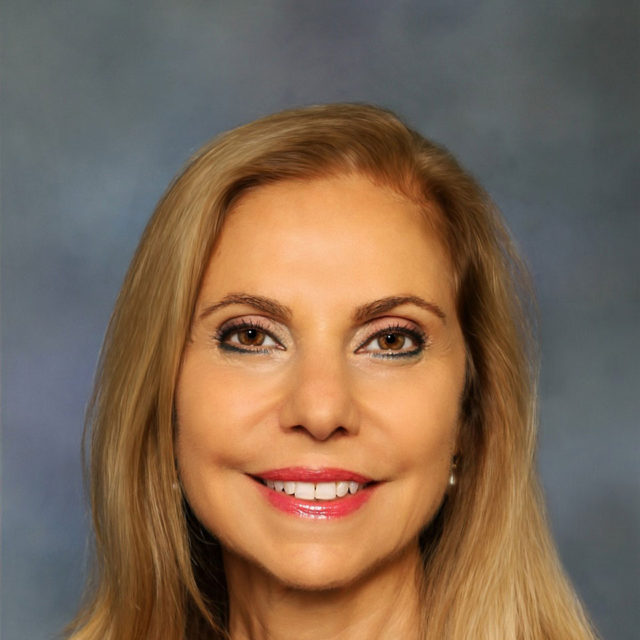
Cynthia Matossian, MD, FACS, ABES
Cynthia Matossian, MD, FACS, ABES
Matossian Eye Associates
New Jersey and Pennsylvania
Cynthia Matossian, MD, FACS, is the founder, CEO, and medical director of Matossian Eye Associates with multiple offices in PA and NJ. She specializes in refractive cataract surgery and dry eye disease. She was named one of Ocular Surgery News’ Premier Surgeon 300—an elite group of 300 premium refractive cataract surgeons in the US. She was the 2017 winner of the Ophthalmic World Leaders Visionary Award. She has been named one of the Top 25 Leading Women Entrepreneurs in New Jersey and one of New Jersey and Pennsylvania’s Best 50 Women in Business. She is a Clinical Assistant Professor of Ophthalmology (Adjunct) at Temple University School of Medicine. Contact Info: cmatossian@matossianeye.com.
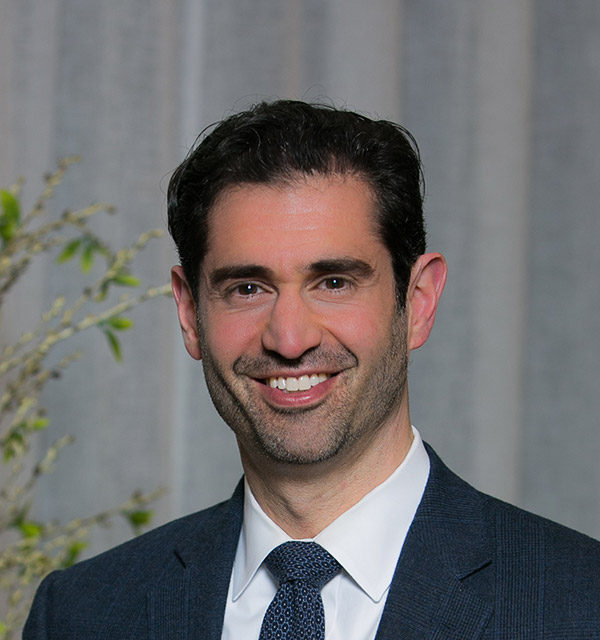
Richard Adler, MD, FACS
Richard Adler, MD, FACS
Belcara Health
Baltimore, Maryland
Dr. Richard Adler is an Assistant Professor of Ophthalmology at the Wilmer Eye Institute and Director of Ophthalmology at Belcara Health in Baltimore, Maryland. Dr. Adler completed his medical training and residency at Johns Hopkins as well as a fellowship in Cornea and External Disease at the Wilmer Eye Institute. Dr. Adler has published numerous papers and speaks nationally on topics related to the unique challenges of Dry Eye Management.
When motivating unaware patients with dry eye symptoms, it is essential to demonstrate that dry eye is a real disease, not just a nuisance. Unlike a patch of dry skin or chapped lips, dry eye can have an inflammatory basis and is progressive. It’s best to distinguish quantity and quality issues early on and emphasize this is a lifelong condition. I also listen carefully.
Motivating patients who have Dry Eye Disease to seek treatment is an important part of discussion between the clinician and patient. From the opinions offered here, it is easy to see that there are lots of ways to have this conversation. Some, like Dr. Robben, use examples from other parts of health care, while others, such as Dr. Matossian, keep it simple.

